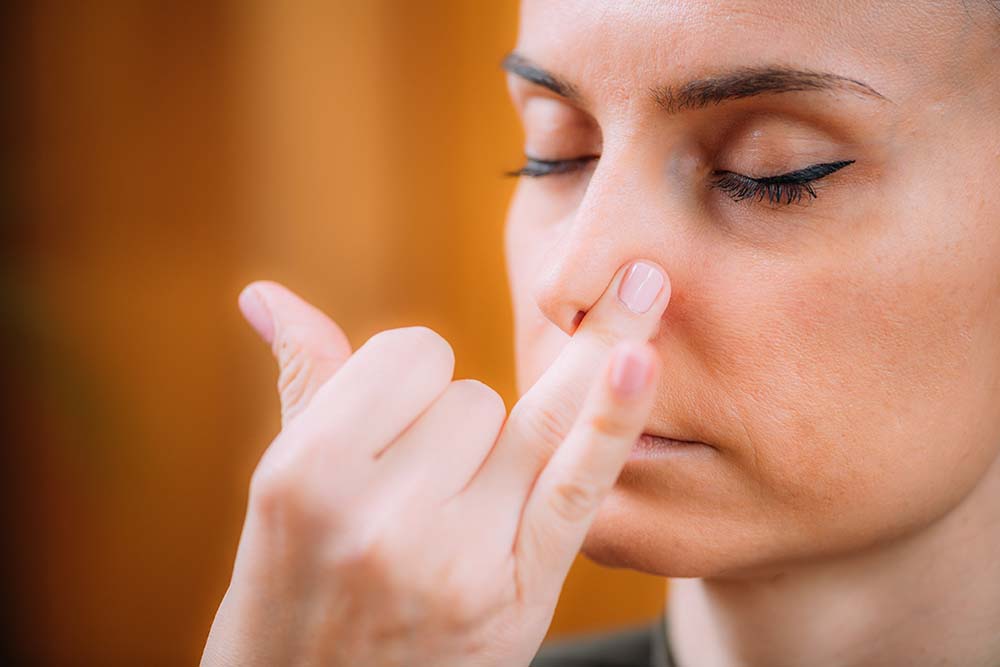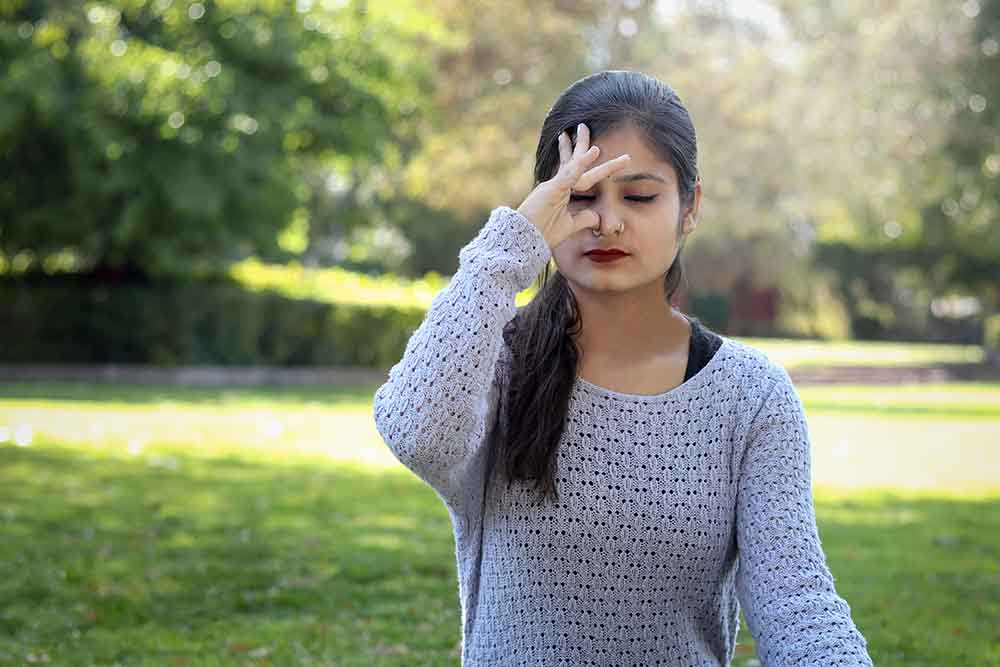Pranayama, an essential component of yoga, revolves around breath control and focuses on deep, conscious breathing techniques. It is a powerful practice that harmonises the mind, body, and spirit. Prana, the vital life force, is channelled through the breath, promoting overall health and inner balance. In this blog, we will explore the wonders of pranayama, its various benefits, different techniques and tips on how to incorporate it into your daily routine.
What is Pranayama
Pranayama, derived from the combination of ‘prana’ (life force) and ‘ayama’ (extension or expansion), refers to the ancient yogic practice of breath control. It involves regulating the breath in specific patterns, which helps in directing prana to every cell in the body. By practicing pranayama, individuals can experience improved physical, mental and emotional well-being. The breath acts as a bridge between the body and mind, allowing individuals to tap into their inner potential and cultivate a sense of tranquility and vitality.
Benefits of Pranayama
1. Improves Respiratory Health
Pranayama yoga greatly benefits the respiratory system by increasing lung capacity and improving the efficiency of breathing. Deep and controlled breaths cleanse the air passages, helping to expel toxins and promote healthier lungs. Regular practice of pranayama can be particularly beneficial for those suffering from respiratory ailments like asthma and bronchitis. The increased oxygen supply to the body also enhances overall vitality and reduces fatigue.
2. Enhances Mental Focus
Pranayama is a powerful tool to enhance mental clarity and focus. The deliberate control of breath calms the mind, reducing mental chatter and promoting a state of present-moment awareness. As the mind becomes more focused and balanced, individuals can experience improved concentration, memory retention and better decision-making abilities.
3. Reduces Stress
In today's fast-paced world, stress has become a common affliction for many. Pranayama offers a natural and effective way to manage stress. By regulating the breath, the parasympathetic nervous system is activated, inducing a relaxation response. This helps lower cortisol levels, the stress hormone, leading to reduced anxiety and an overall sense of calmness and well-being.

4. Improves Immune System
Pranayama practice is known to strengthen the immune system. The deep breaths increase oxygenation of cells, promoting the elimination of toxins and boosting the body's natural defense mechanism. A robust immune system guards against various illnesses, allowing individuals to lead a healthier and more vibrant life.
5. Reduces High Blood Pressure
High blood pressure, or hypertension, is a common health concern that can lead to severe cardiovascular issues. Pranayama, when practiced regularly, has shown to be beneficial in reducing blood pressure levels. The relaxation response triggered by controlled breathing helps dilate blood vessels, leading to lower blood pressure and reduced strain on the heart.
6. Helps Regulate Emotions
Emotional turbulence can be challenging to manage, impacting overall well-being. Pranayama aids in regulating emotions by calming the nervous system and promoting emotional balance. It helps individuals gain better control over their emotional responses, leading to increased emotional resilience and a greater sense of inner peace.
Different Types of Pranayama and Techniques
There are various pranayama techniques, each with its unique benefits. Some popular ones include:
1. Anulom Vilom (Alternate Nostril Breathing): Balances the flow of prana and helps in detoxification.
2. Kapalbhati (Skull Shining Breath): Cleanses the respiratory system and invigorates the mind.
3. Bhramari (Bee Breath): Relieves stress, anxiety, and insomnia.
4. Ujjayi (Victorious Breath): Creates a soothing sound and aids in concentration.
5. Sheetali (Cooling Breath): Cools the body and reduces agitation.

Tips for Practicing Pranayama
To make the most of your pranayama practice, keep the following tips in mind:
1. Start slowly and gradually increase the duration and intensity of your practice.
2. Practice pranayama on an empty stomach or at least 2-3 hours after meals.
3. Find a quiet and comfortable space to practice, free from distractions.
4. Maintain an upright posture during the practice to allow for unobstructed breathing.
5. Listen to your body; if you feel any discomfort, adjust your technique or seek guidance from a qualified instructor.
Conclusion
Pranayama yoga, the art of breath control, is a gift that bestows numerous benefits on its practitioners. From improved respiratory health to enhanced mental focus and reduced stress, the advantages are manifold. Embrace the power of pranayama and unlock a path to holistic well-being. Incorporate this ancient practice into your daily routine to experience a profound transformation in your physical, mental, and emotional realms.
FAQs
What is the best time to practice pranayama?
Pranayama is best practiced early in the morning or in the evening. These times are conducive to a calm and focused mind.
Can pranayama help with sleep disorders?
Yes, pranayama techniques like Bhramari and Shitali can be beneficial in managing sleep disorders and improving sleep quality.
Is pranayama safe for beginners?
Yes, pranayama is generally safe for beginners. However, it's essential to start with simple techniques and progress gradually under the guidance of a trained instructor.
Can pranayama replace regular exercise?
Pranayama complements regular exercise but should not be considered a replacement. It is advisable to combine pranayama with a well-balanced fitness routine for optimal health benefits.